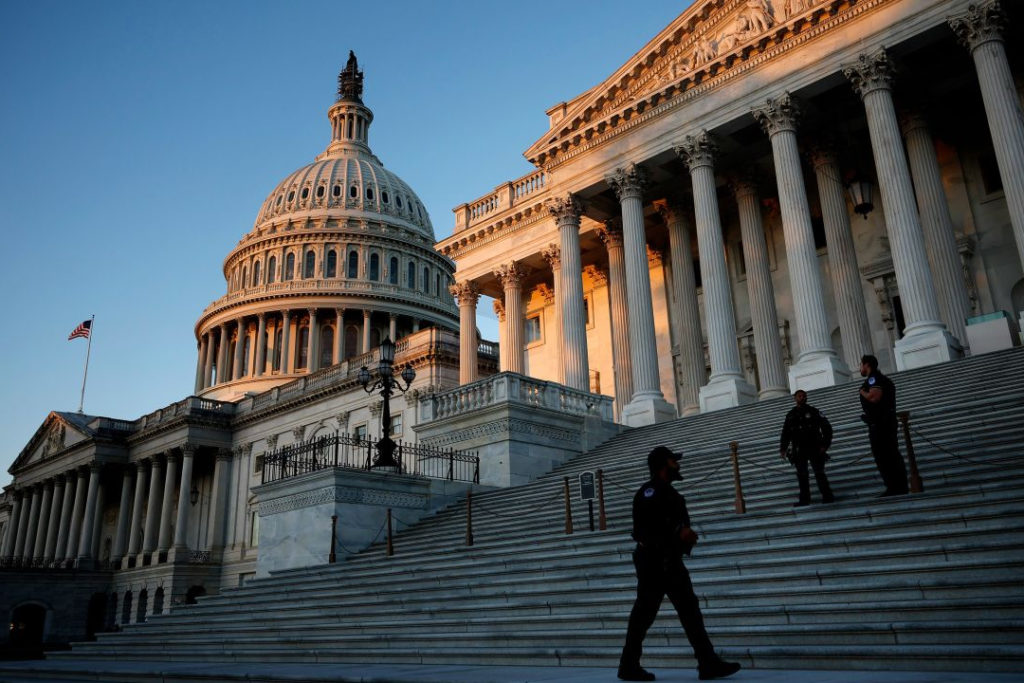The phrase ‘This Time it’s Different’ is described as the four most dangerous words in investing. They are usually uttered at bubble peaks to explain a new paradigm in investing, cementing a trend that has been in place for years and is expected to keep up its run in the future.
The phrase ‘This Time it’s Different’ is described as the four most dangerous words in investing. They are usually uttered at bubble peaks to explain a new paradigm in investing, cementing a trend that has been in place for years and is expected to keep up its run in the future.
The phrase ‘This Time it’s Different’ is described as the four most dangerous words in investing. They are usually uttered at bubble peaks to explain a new paradigm in investing, cementing a trend that has been in place for years and is expected to keep up its run in the future.
A number of commentators have been saying that things are now different in the bond market, because 0% is no longer the floor for interest rates, in order to explain the current low yields and justify why bonds still have more upside in price (yields move down when bond prices go up).
In the good old days investors would buy a bond, and earn interest on their investment for the time they held the bond in their portfolios. This was standard throughout history – why would anyone lend money without being compensated for the risk that the borrower would not pay it back, and having lower liquidity compared to cash?
Central banks have over the last 10 years turned this normal state of events upside down, conditioning every investor to expect interest rate cuts as soon as the economy showed any hints of slowing down. And they did not stop at zero. Interest rates in Switzerland are -0.75%, while in Europe they were cut last week from -0.4% to -0.5%.
As a result, $15 trillion of bonds, mostly in Europe, have a negative yield to maturity. If you buy 10-year maturity German government debt today, your yield is -0.48% per annum. 30-year Switzerland government debt yields -0.33% per annum. In the US yields are positive, but 30-year debt is yielding 2.30% p.a., only slightly higher than current cash interest rates.
In the current bizarre world of bonds, one of the best performing investment this year has been the Austrian government’s 100-year bond, with a coupon of 2.1%. This bond cost 110% a year ago, and rose all the way to 214% last month, for a final yield of just 0.7% p.a.
Government bond yields influence the rest of the bond market, so that a non-investment grade issuer like Nokia has a 7-year Euro bond that only yields 1% p.a.
Contrary to current market and investor assumptions, the current situation cannot continue for another decade, let alone three more decades as the bond markets imply. Not too far in the future, investors of such debt will be unwilling to continue to hold with low or negative returns, where the principal has to be sold in order to meet liabilities coming due.
Recently there has been a rush for companies and governments to issue 15, 20, and even 100-year maturity bonds. These issuers all realise that this is a once in a lifetime opportunity to lock in low rates for extended periods of time. Unlike the strong performance of Austria’s 100 year bond, Argentina issued a 100 year bond last year that has already fallen by half. But a country doesn’t need to default to bond holders of ultra-long dated bonds to experience a negative return.
Investors should be careful about being on the other side of all this bond issuance.
By LEONARDO DRAGO
Co-founder of AL Wealth Partners, an independent Singapore-based company providing investment and fund management services to endowments and family offices, and wealth-advisory services to accredited individual investors.






